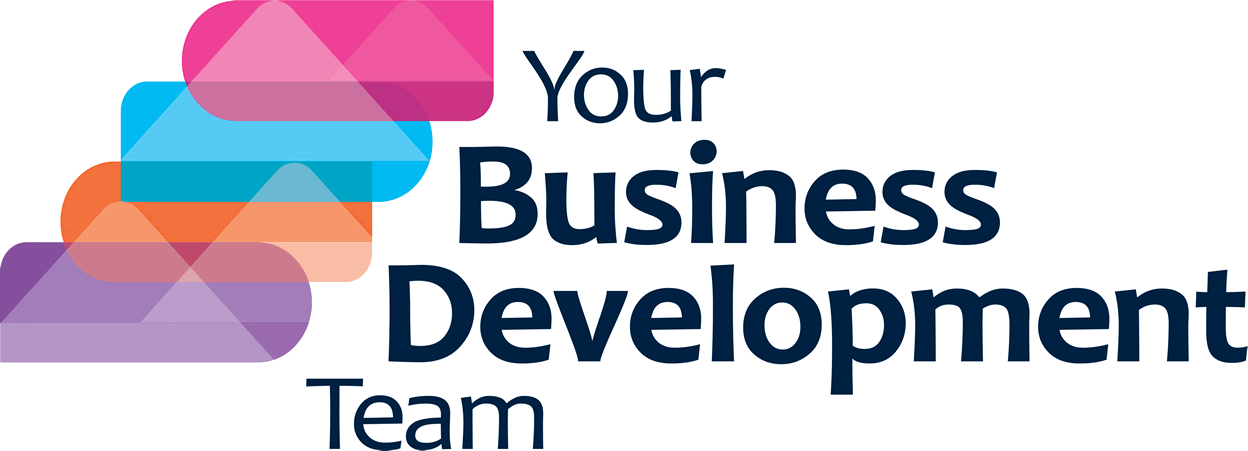I mentioned the Choice Factory in my last Blog, which covered first impressions. This time I wanted to use this helpful book to discuss the detail of making the right first impression, ensuring your brand is not only memorable but also engaging, which is key to creating lasting relationships.
In his book, Richard Shotton says, ‘Your task is to identify the formulaic rules of behaviour in the category you work in and subvert them.’ He provides an example from the comparison sites world, where up to 2008, all companies focused on their functional benefits, such as how many insurers are compared and how much money they have saved consumers. These in themselves were important factors but created no real reason to use one comparison site over the other.
Then in January 2009, Comparethemarket.com used a more emotional route by creating the meerkat, Alexander Orlov, who was depicted as the eccentric owner of the company. As a result of using this approach, quote volume went up by 83% and the company achieved their entire 12 months’ objectives in just 9 weeks. This was all down to their brand becoming a lot more memorable and relatable for consumers. As Shotton concludes, ‘Distinctiveness paid’.
The evidence proving that distinctive is memorable is compelling and supported by many behavioural studies over the years but still we see little evidence to many brands breaking convention. The two main reasons for that are:
- Companies rarely look outside of their own processes let alone outside of their industry. This results in many managers being reluctant to change their proven and tested approach. It also means that often, boards make decisions based on wanting to do what everyone else in the industry is already doing.
- Making a decision to break ranks and do something completely different, carries a big risk. If the approach fails, it lacks the safety in numbers or the support of a proven method. Many decision makers therefore tend to avoid this for reasons of self-preservation.
I think it is important to say that I am not suggesting that companies go out of their way to be different for the sake of being different. Sticking to your Brand culture, vision and values is very important and must be taken into account when planning a new approach. It is also important to consider other elements such as:
- Your target markets and their views on your potential approach
- The way you are portrayed in the marketplace
- The products you intend to promote
Creating a successful lead generation campaign depends on many factors and achieving just one will not necessarily be enough. Standing out against the competition and getting the attention of your target market is an important element, but it has to fit in with an overall strategy.
At YBDT we are currently offering a free strategy workshop to support your next lead generation campaign. 2020 is soon drawing to a close making Q4 an important one to generate new sales revenue. Get in touch with us to book your session.


